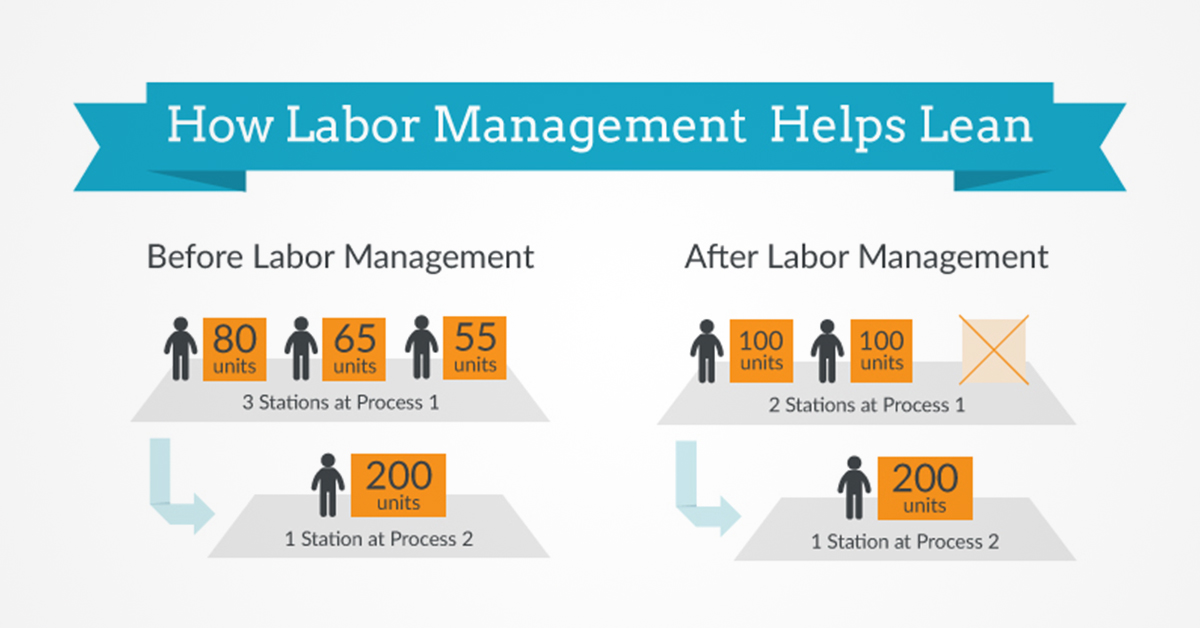Lean in Labor Management has been a trendy topic since it was introduced in Henry Ford’s factory in the 1910’s. And Lean Labor has had resurgences in “trendiness” throughout the last century… in the 1990s as technologies enabled leaner workforces, during the Great Recession as companies sought to reduce every unnecessary operating expense, and today as companies seek the “new normal” for their facilities during economic recovery.
The trendy, sexy aspects of Lean Labor usually involve the high-level flow of the overall system. The perfectly orchestrated factory. The seamless flow within a distribution center. But today, technology allows us to get to the true “so what” of Lean Labor: the daily activities of your individual workers. Labor Management technologies enable leadership to ensure that workers are developed, utilized and compensated based on substantial, value-add activities; while optimizing the total facility’s cost structure. In our view, Lean Labor Management can enable workers to have more satisfying work, focusing on results-oriented tasks. For us, this is the true “so what” of Lean Labor.
Of course the challenge of optimizing individual workers (rather than the entire facility holistically) is avoiding adverse effects on other stages in the process. So if we optimize Mike’s work at Stage A, how does that impact Sarah’s work at Stage B?
Labor Management tools provide the best of both worlds: granular visibility into each stage of the process, with the holistic view of the entire system. So with each adjustment to Mike’s Stage A, data from the Labor Management tool shows how Sarah at Stage B will be affected, as well as the total output and cost of the system. With these types of Labor Management tools, you’ll find a variety of crucial benefits:
Granular visibility to labor cost and performance at each stage in the process: An awareness of the true cost and performance of workers at each process stage provides crucial data for leadership in identifying trouble spots and opportunities for process improvement.
Optimizing Indirect Labor: Indirect labor is work not directly related to production (ex: sweeping floors), and is often not considered in traditional lean tools. More modern, sophisticated LM tools capture indirect hours and can have huge impact on system cost and optimization.
Leveraging an alternative data source in MRP and Timeclocks: Traditional LM sources data primarily from a company’s WMS – which sounds like it would do the trick. But more insightful information can be gathered by combining traditional WMS data with data from the MRP and timeclock systems. Combining all three systems will provide robust visibility into the total Cost to Serve and productivity for areas and processes not tracked by the WMS.
So while Lean in Labor may have a long history going back to Henry Ford’s days, thanks to technologies like Labor Management tools, companies can implement innovative Lean programs for the betterment of their facilities and individual workers’ fulfillment.





